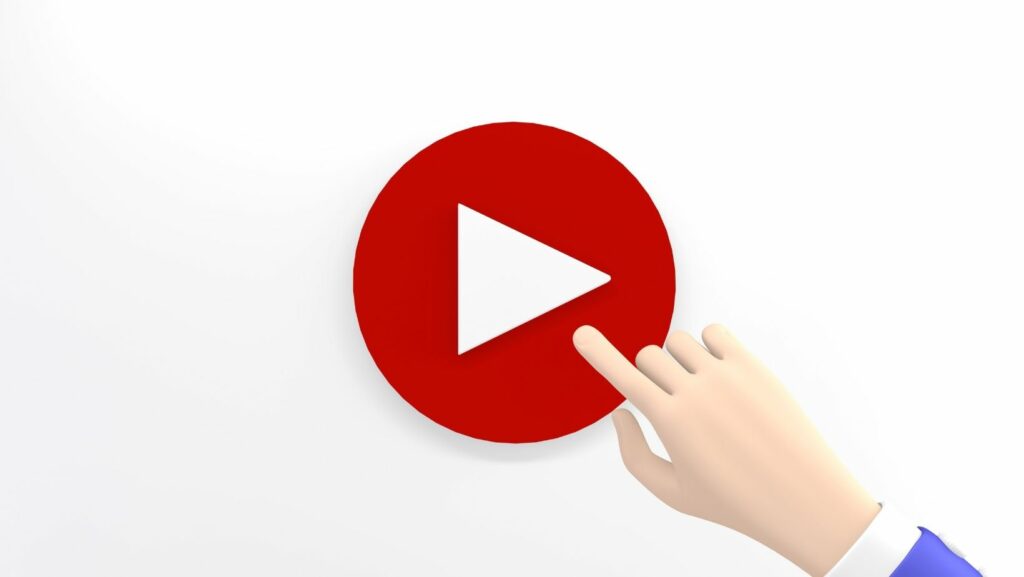YouTube has become one of the most popular platforms for creators to share their content and earn money. But how many views does it actually take to start getting paid? The answer isn’t as straightforward as you might think. While views are important, other factors like watch time, subscriber count, and ad engagement play a significant role in determining your eligibility for monetization and how much you can earn.
 In this guide, we’ll break down YouTube’s monetization requirements, explore how views contribute to your earnings, and share actionable tips to help you reach your goal of getting paid on YouTube. Whether you’re just starting or looking to optimize your channel for revenue, this comprehensive overview will set you on the right path.
In this guide, we’ll break down YouTube’s monetization requirements, explore how views contribute to your earnings, and share actionable tips to help you reach your goal of getting paid on YouTube. Whether you’re just starting or looking to optimize your channel for revenue, this comprehensive overview will set you on the right path.
Understanding YouTube’s Monetization Requirements
To earn money on YouTube, your channel must meet specific eligibility criteria to join the YouTube Partner Program (YPP):
- 1,000 Subscribers: This is the minimum subscriber count required to qualify for monetization.
- 4,000 Watch Hours: You need 4,000 hours of watch time on your public videos within the past 12 months.
- AdSense Account: A valid Google AdSense account is necessary to process your earnings.
- Adherence to Policies: Your channel must comply with YouTube’s community guidelines, copyright laws, and monetization rules.
Simply reaching a certain number of views isn’t enough. The platform prioritizes engagement metrics like watch time, likes, comments, and shares, as they reflect the quality and relevance of your content.
Key Eligibility Criteria
Metric Requirement
Subscribers At least 1,000
Watch Hours 4,000+ in the last 12 months
Content Guidelines Full compliance required
Achieving these thresholds may seem daunting, but understanding these goals provides a clear roadmap for success.
How YouTube Views Impact Your Earnings
Views are a fundamental metric on YouTube, but they don’t directly equate to income. Revenue is primarily generated from ads displayed on your videos, which are influenced by a variety of factors:
Key Revenue Factors
- CPM (Cost Per Mille):
- CPM refers to the cost advertisers pay per 1,000 ad impressions. It varies widely based on your niche, audience demographics, and geographic location.
- Average CPM rates range from $1 to $5 per 1,000 views, depending on the industry. For example:
- Tech & Business: $4–$5
- Lifestyle & Fashion: $1–$2
- Entertainment: $2–$3
- Viewer Engagement:
- Videos with higher engagement rates (likes, shares, and comments) tend to attract more advertisers and generate higher revenue.
- Ad Visibility:
- Income is only generated from views where ads are displayed and watched. Skipped ads or views from ad-blocked devices don’t count.
| Niche | Average CPM | Earnings per 1,000 Views |
| Tech & Business | $4–$5 | $4–$5 |
| Lifestyle & Fashion | $1–$2 | $1–$2 |
| Entertainment | $2–$3 | $2–$3 |
If you’re struggling to gain visibility, consider boosting your content with trusted platforms like Famety, where you can purchase YouTube views to enhance engagement and increase ad impressions.
Other Revenue Streams to Supplement Your YouTube Income
Successful creators don’t rely solely on ad revenue; they diversify their income streams with additional monetization methods:
- Brand Sponsorships: Partner with brands to promote products or services in your videos.
- Affiliate Marketing: Earn commissions by sharing affiliate links to products your audience may buy.
- Merchandise Sales: Sell branded merchandise like clothing, mugs, or digital downloads.
- Channel Memberships: Offer exclusive perks, such as early access to videos or live Q&A sessions, for paying subscribers.
- Super Chats and Stickers: Allow fans to contribute during live streams.
 These strategies can significantly increase your earnings, especially if your channel focuses on a niche with low CPM rates.
These strategies can significantly increase your earnings, especially if your channel focuses on a niche with low CPM rates.
Tips for Increasing Your YouTube Earnings
To maximize your revenue potential, it’s important to optimize your channel for both visibility and engagement:
Content Strategies
- Focus on Quality: Create high-quality, value-driven content that resonates with your target audience.
- Optimize Length: Videos between 8–15 minutes tend to perform better for monetization.
Engagement and SEO
- Use Keywords Effectively: Include relevant keywords in your titles, descriptions, and tags.
- Promote on Social Media: Share your videos on platforms like Instagram, Twitter, and Facebook to drive traffic.
- Engage with Your Community: Reply to comments and encourage viewer interaction to build loyalty.
Consistency
- Stick to a Schedule: Regular uploads keep your audience engaged and help YouTube’s algorithm prioritize your content.
- Experiment with Content Types: Test different formats (vlogs, tutorials, reviews) to see what performs best.
| Strategy | Potential Impact on Earnings |
| Posting Weekly | +15%–20% increase in watch hours |
| Optimizing Thumbnails | +25% in click-through rate |
| Sharing on Social Media | +30% in views |
Conclusion: Focus on Growth
Getting paid on YouTube requires more than just a high view count—it’s about creating content that engages your audience, meets YouTube’s monetization criteria, and attracts advertisers. By diversifying your revenue streams and using tools like YouTube views to boost visibility, you can accelerate your journey toward earning revenue.
Remember, YouTube success doesn’t happen overnight. With consistent effort, smart strategies, and a focus on quality, you can build a profitable and sustainable channel. Start implementing these tips today and watch your channel thrive!


